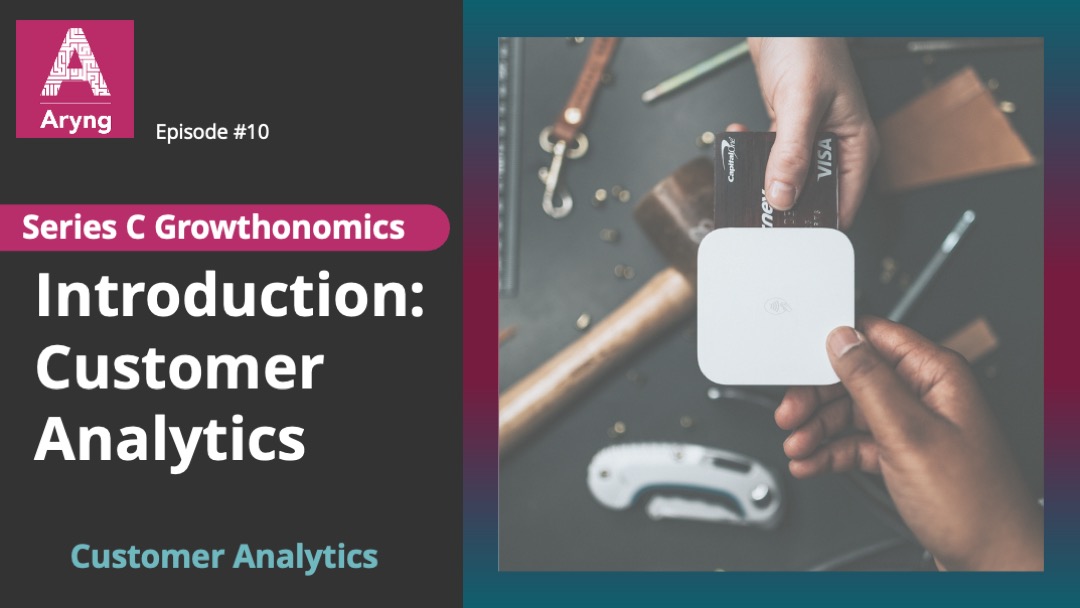“Customer Satisfaction is Worthless.
Customer Loyalty is Priceless”
– Jeffrey Gitomer
“Customer is King” is an age-old mantra reflecting the importance of customers or consumers in every business. Traditionally it means to provide good products or services; it means a lot more now with evolving technology. With so many companies providing similar services, the customer goes for the company that gives what they want.
In short, customer expectations are rising. There’s a need to continuously understand the customer and provide necessary services to ensure that they stay with you over the long run.
In the last post in this series of Customer Analytics, we went through how to acquire and habituate customers to your service. Now that you have people coming to you for your service, how do you understand and provide them with what they want? How to understand which customer is going to stay with you? Knowing these helps focus your energy on those customers who give better sales over time.
In this post, we will continue on the same topic and discuss how to identify high-value customers early and make them stay with you.
Why consider Retention Analysis?
Let’s continue to think of the same example we have been following in this series, about the men’s clothing retailer. A hundred years ago, the shop owner met the customers personally and could understand how the customer was and his series of actions which helped them get a sense of the customer journey. In this current age of massive customer base, it’s hard to understand each customer individually over the digital platform.
In this digital world, analytics can help you build an understanding of your customers and predict their requirements and thereby their chance of retention.
How to look at retention?
There are two primary things to consider when thinking about customer retention.
How can you ensure that the customer doesn’t discontinue?

To understand and solve retention, which is the prevention of customer churn, one needs to understand churn and its drivers. The drivers are the series of potential events that suggest that the customer might churn.
To understand the drivers of churn, you need to understand those triggers which make the customers think they don’t want to do business anymore with you. It could be instances such as customers calling in for a refund/return for some particular issue and facing challenges there, or it could be about ill-timed delivery of shipments. Identifying the most common reasons for churn and solving them will help retain your customers.
Another crucial aspect to clarify about churn is its definition. Typically, a customer uses a service intermittently based on his requirements. The time between his first and second purchase could be two weeks or two years. Here comes the issue of what is to be considered the threshold for defining the churn.
To tackle and identify the threshold, one needs to understand the typical customer journey. There’s no exact answer when determining the threshold point for churn. Understanding the standard industry and customer patterns and finding heuristic evidence to support your threshold analysis will help you identify that particular churn period.
Another generally overlooked factor is that churn is a cumulation of factors, not just a factor of churn period. One should consider other proxies for churn indication, such as a customer haven’t checked their email for a while.
On the other hand, recognizing those delightful experiences which make them want to come back to you for business can help you focus on the appropriate activities with the highest impact on the customers.
How can you ensure customer spends more with you?

There are a couple of analyses that help in increasing customer value:
Upsell
Upselling is the practice of encouraging customers to purchase more than what they intended to buy, and it includes primarily two aspects:
- Bridge the gap between the first and second transactions using curated offers and product recommendations
- Increase cart size at checkout time using product bundling techniques
The above approaches require personalization to provide the best suggestions regarding products and time between recommendations.
Lifetime Value (LTV)

First, one needs to understand how to measure LTV? It is primarily the product of expected customer tenure and the value generated monthly.
LTV Analyses help you at an early stage to ensure that the high-value customers get preference for the retention efforts. After the first order, you should develop ways to develop individual-level lifetime value using historical data and can treat them differently downstream to retain them.
Segmenting these customers can be done post your analysis of lifetime value, which we will cover in detail in the post on segmentation.
How do I apply these?
We have covered the critical aspects of retaining customers and increasing their value in this post. Next, we will go through segmentation and look at LTV to understand how to use them and their various use cases.













